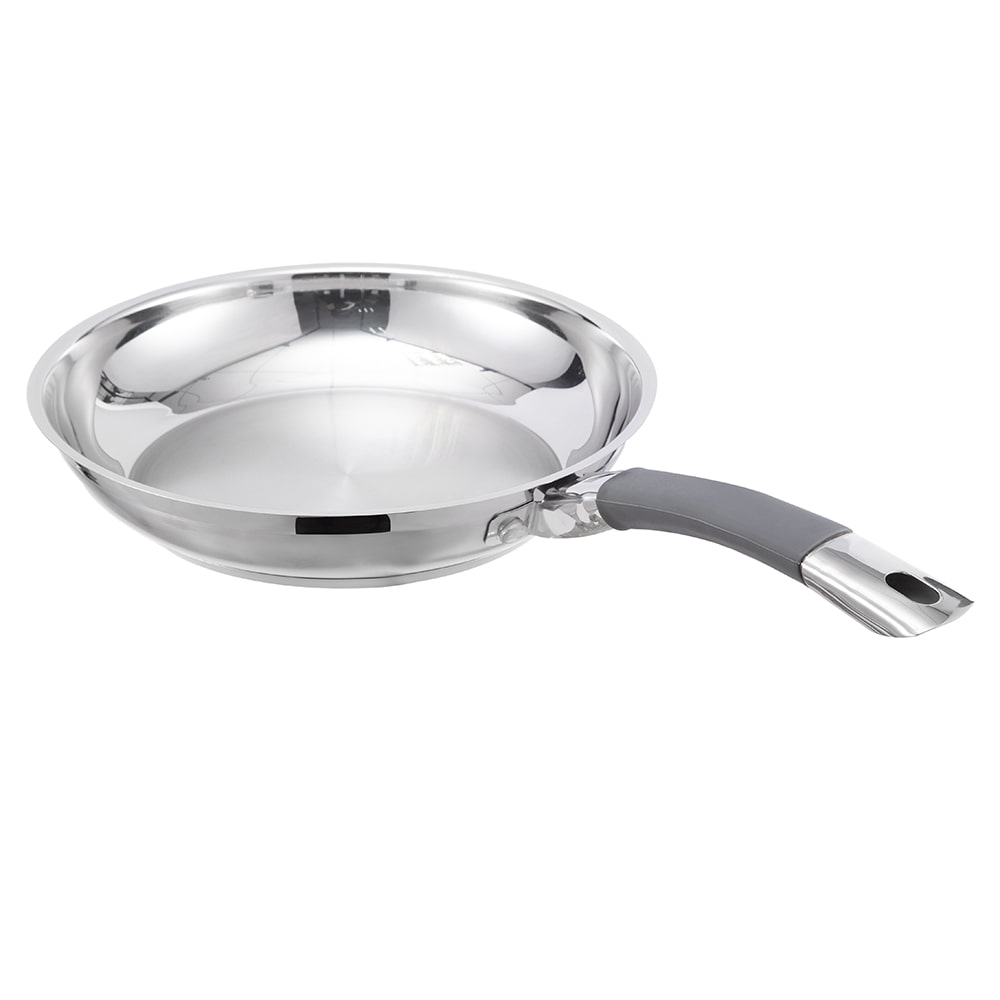The stockpot is a cornerstone of kitchen cookware, essential for tasks ranging from boiling pasta to simmering large batches of soup or stock. In recent years, the evolution of materials has led to the popularity of the non-stick aluminum stockpot with glass lid. This combination addresses many of the shortcomings of traditional pots, with the core of its innovation often lying in its non-stick surface. While single-layer non-stick coatings have been common, the advancement to a triple-layer coating represents a significant leap in performance and durability.
Understanding the Construction of a Triple-Layer Non-Stick Coating
To fully appreciate its benefits, one must first understand what a triple-layer non-stick coating is. It is not merely three applications of the same material. Instead, it is a sophisticated, multi-stage system where each layer is engineered with a distinct purpose, working in synergy to create a superior cooking surface. This construction is typically applied to an aluminum core, which may be hard-anodized for added strength, and is often paired with a tempered glass lid to allow for visual monitoring without releasing heat and moisture.
The base layer, often called the primer or bonding layer, is designed for maximum adhesion to the underlying metal substrate of the pot. Its primary function is to create an unbreakable bond, ensuring that the entire coating system remains firmly anchored to the pot’s surface through repeated cycles of heating and cooling. This prevents the delamination or peeling that can occur with inferior, single-layer coatings.
The middle layer is typically the workhorse of the system, responsible for durability and structure. It is often a ceramic- or mineral-reinforced layer that provides hardness and resistance to abrasion. This layer acts as a protective shield, absorbing the mechanical impacts from utensils and scrubbing, thereby safeguarding the final non-stick layer. It is a critical component for scratch resistance, a key concern for any user looking for long-term performance.
The top layer is the functional non-stick surface itself. This is the layer that interfaces directly with the food. In a triple-layer system, this top coat is formulated with advanced non-stick compounds, such as reinforced PTFE or ceramic-based materials, to provide the ultimate in food release. It is this layer that is engineered to be exceptionally slick, inert, and easy to clean. The combination of these three distinct layers results in a composite surface that is far more robust and effective than any single layer could ever be.
Enhanced Durability and Longevity
The most significant advantage of a triple-layer coating is its dramatic improvement in durability, which directly translates to a longer lifespan for the non-stick aluminum stockpot with glass lid.
Resistance to Abrasion and Scratching
A primary cause of failure for non-stick coatings is physical damage from utensils, scouring pads, and general wear and tear. The reinforced middle layer in a triple-coat system is specifically designed to combat this. It creates a much harder surface that can withstand incidental contact with metal utensils better than a single coat, though the use of wooden or silicone utensils is still recommended for maximizing longevity. This scratch resistance is a major selling point for buyers who need cookware that can endure daily use without compromising its non-stick properties. The coating’s ability to resist abrasion means that the pot will not quickly develop weak spots where food begins to stick, ensuring consistent performance over time.
Resistance to Chipping and Peeling
The multi-layer bonding system is crucial for preventing the coating from separating from the pot body. The specialized primer layer ensures that the coating expands and contracts at a rate similar to the aluminum base during heating and cooling. This reduces the internal stresses that can cause weaker, single-layer coatings to chip or peel at the edges, especially around rivets or on the rim. A chip not only creates a spot for food to stick and burn but can also expose the underlying aluminum, potentially leading to corrosion. The integrity of a triple-layer system makes such failures far less likely, which is a critical factor for commercial kitchen durability and for home users seeking a dependable, long-term investment.
Withstanding High-Temperature Cooking
While non-stick coatings are generally not recommended for extremely high-heat searing, a triple-layer system often has a higher thermal tolerance than its single-layer counterparts. The layered structure distributes heat more evenly across the surface and can better handle the thermal shocks associated with typical boiling and simmering tasks. This robustness helps prevent the coating from breaking down, discoloring, or releasing fumes prematurely, contributing to both the safety and the long-lasting performance of the cookware.
Superior Non-Stick Performance and Cooking Efficiency
Beyond mere durability, the triple-layer coating enhances the fundamental cooking experience by providing a more reliable and efficient non-stick surface.
Unparalleled Food Release
The top layer of a triple-coat system is engineered for optimal slickness. This results in exceptionally easy food release, whether you are cooking delicate sauces, reducing a glaze, or boiling starchy potatoes. Foods that are prone to sticking or scorching, such as oatmeal, rice, or milk-based soups, are much less likely to burn onto the bottom of the pot. This not only makes serving and cleaning easier but also preserves the integrity and flavor of the food itself. The consistent performance of this surface is a key feature for anyone researching best non-stick stockpot for soups.
Health-Conscious and Low-Fat Cooking
The effectiveness of the non-stick surface means that significantly less cooking oil or butter is required to prevent food from adhering. This facilitates healthy cooking and allows users to prepare meals with lower fat content without sacrificing ease of use or ending up with a pot that is difficult to clean. For health-conscious consumers and commercial establishments catering to dietary preferences, this is a substantial benefit. The ability to cook with minimal oil, while still achieving excellent results, makes a non-stick aluminum stockpot with glass lid a versatile tool for modern cuisine.
Even Heat Distribution and Prevention of Hot Spots
While the aluminum body is primarily responsible for heat distribution, a uniform and thick non-stick coating contributes to this process. A triple-layer coating applies a more consistent and substantial barrier between the heat source and the food, helping to mitigate any minor hot spots that might exist on the cooktop. This ensures that heat is applied evenly across the entire cooking surface, which prevents food from burning in one area while remaining undercooked in another. This even heating is particularly important for slow-simmered dishes like stocks and stews, where consistent temperature is key to extracting flavor and achieving the desired texture.
The following table summarizes the performance benefits compared to a standard single-layer coating:
| Feature |
Single-Layer Coating |
Triple-Layer Coating |
| Food Release |
Good initially, degrades over time |
Consistently excellent, long-lasting |
| Oil Requirement |
Often requires moderate oil |
Effective with minimal to no oil |
| Stain Resistance |
Prone to staining from strong spices |
Highly resistant to staining and discoloration |
| Performance with Starchy Foods |
May stick or scorch over high heat |
Superior resistance to sticking and burning |
Simplified Cleaning and Maintenance
The ease of cleaning is one of the most advertised benefits of any non-stick product, and a triple-layer coating elevates this convenience to a new level of reliability.
Effortless Post-Cooking Cleanup
The primary non-stick function means that most foods will slide right out of the pot, leaving little to no residue behind. What remains can typically be wiped away with a soft sponge, warm water, and a small amount of mild detergent. Stubborn residues are a rarity, eliminating the need for prolonged soaking or aggressive scrubbing that can damage the pot’s surface over time. This easy to clean stockpot feature is a significant time-saver in both busy home and high-volume commercial environments, contributing to greater operational efficiency.
Resistance to Staining and Odor Absorption
The dense, non-porous nature of a high-quality triple-layer coating makes it highly resistant to staining from ingredients like turmeric, tomatoes, or berries. Furthermore, because the surface is inert and does not absorb liquids or fats, it will not retain food odors. A pot used to make a fish stock one day will not impart any residual smell when used for a vanilla pudding the next. This stain and odor resistance is a critical aspect of maintaining kitchen hygiene and ensuring the purity of flavor in subsequent dishes, making it a key point for buyers of commercial cookware.
Long-Term Preservation of Appearance
A durable coating that resists scratches, stains, and wear will maintain its new appearance for a much longer period. This is not merely a cosmetic concern. A well-maintained pot reflects a high standard of kitchen care and can be a point of pride in a home kitchen or a requirement in a professional setting where equipment presentation matters. The long-term aesthetic preservation is a direct result of the robust construction of the triple-layer system.
Safety and Health Considerations
The composition and performance of a triple-layer non-stick coating also contribute to several important safety and health benefits.
PFOA-Free and Safe Material Composition
Modern high-quality non-stick coatings, including those used in triple-layer systems, are consistently manufactured to be PFOA-free. Perfluorooctanoic acid (PFOA) was a chemical previously used in the production of some non-stick coatings and has been phased out due to environmental and health concerns. Reputable manufacturers adhere to strict standards, ensuring that the final cookware is safe for food contact. The advanced bonding techniques used in multi-layer coatings often allow for the use of safer, more stable polymers, providing peace of mind to the end-user.
Stability at Cooking Temperatures
The enhanced durability of a triple-layer coating contributes to its thermal stability. A robust coating is less likely to degrade, blister, or release any particles when used within its recommended temperature range. This is a crucial aspect of healthy cooking, as it ensures that the cooking surface remains intact and inert during food preparation. The confidence that the coating will not break down during normal boiling, simmering, or sautéing is a fundamental expectation that a triple-layer system is designed to meet reliably.
Protection of the Aluminum Core
In a non-stick aluminum stockpot with glass lid, the aluminum core is prized for its excellent heat conduction. However, exposed aluminum can react with acidic or alkaline foods, such as tomatoes or wine, potentially altering the taste of the food and causing pitting on the pot’s surface. The triple-layer coating acts as a complete and durable barrier, hermetically sealing the aluminum from food. This prevents any metallic taste transfer and protects the integrity of the pot itself, ensuring that the aluminum’s superior heating properties are enjoyed without any of the potential drawbacks.
Economic and Environmental Impact
While the initial cost of a non-stick aluminum stockpot with glass lid with a triple-layer coating may be higher than that of a pot with a basic coating, its long-term value proposition is clear from both an economic and environmental perspective.
Long-Term Value and Cost-Effectiveness
The extended service life of the product is its most direct economic benefit. A pot that maintains its non-stick performance for years, rather than months, eliminates the need for frequent replacements. This makes it a cost-effective choice over time, reducing the total cost of ownership. For commercial buyers, this translates into lower operational costs and less frequent budget allocations for cookware replacement. For the home cook, it means a one-time investment in a quality product that will last.
Reduced Resource Consumption
The durability of the product aligns with principles of sustainability. A longer-lasting pot means fewer resources are consumed in the manufacturing, packaging, and shipping of replacement units. It also results in less waste being sent to landfills. By choosing a durable, long-lasting performance product, consumers and businesses make a more environmentally conscious decision.
Energy Efficiency in Cooking
The combination of the aluminum core’s conductivity and the effective non-stick surface can contribute to minor energy savings. Because food is less likely to burn onto the bottom, heat transfer from the pot to the food is more efficient. Furthermore, the ease of cleaning reduces the need for hot water and detergent, providing a small but cumulative reduction in energy and resource use over the lifespan of the pot.
The advantages of a triple-layer non-stick coating in a stockpot are substantial and multifaceted. It transforms a basic kitchen tool into a high-performance, durable, and versatile asset. From its engineered multi-stage construction that provides exceptional scratch resistance and longevity to its superior food release that enables healthy cooking and effortless cleaning, the benefits are clear. When integrated into a well-designed non-stick aluminum stockpot with glass lid, this advanced coating system addresses the core needs of modern cooks: reliability, efficiency, and safety. It represents a significant investment in quality that pays dividends through consistent performance, reduced long-term costs, and an overall superior cooking experience. For wholesalers, buyers, and end-users alike, understanding these advantages is key to recognizing the true value of this advanced cookware technology.
 No. 1, Jingwei Road, Yangcheng Lake Town, Xiangcheng District, Suzhou City, China
No. 1, Jingwei Road, Yangcheng Lake Town, Xiangcheng District, Suzhou City, China [email protected]
[email protected] +86-13913553688
+86-13913553688
 search
search
 中文简体
中文简体 English
English русский
русский Français
Français Español
Español 日本語
日本語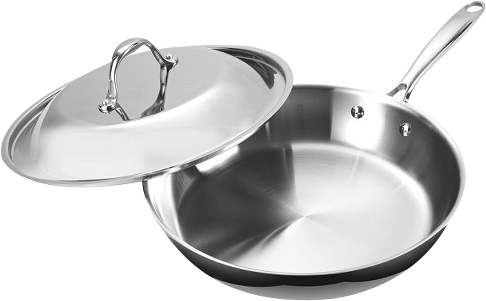

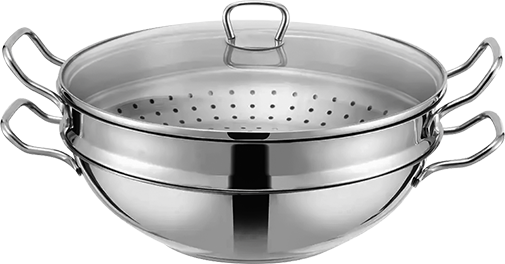

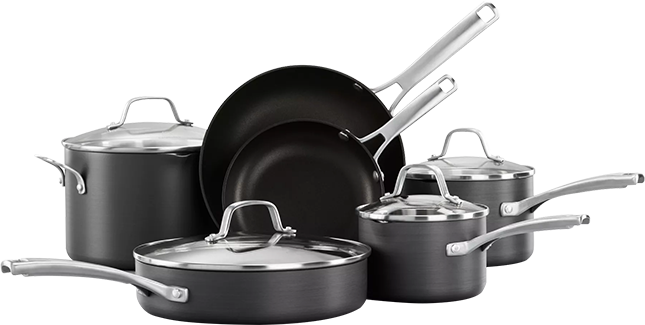


-4.jpg)
-1.jpg)
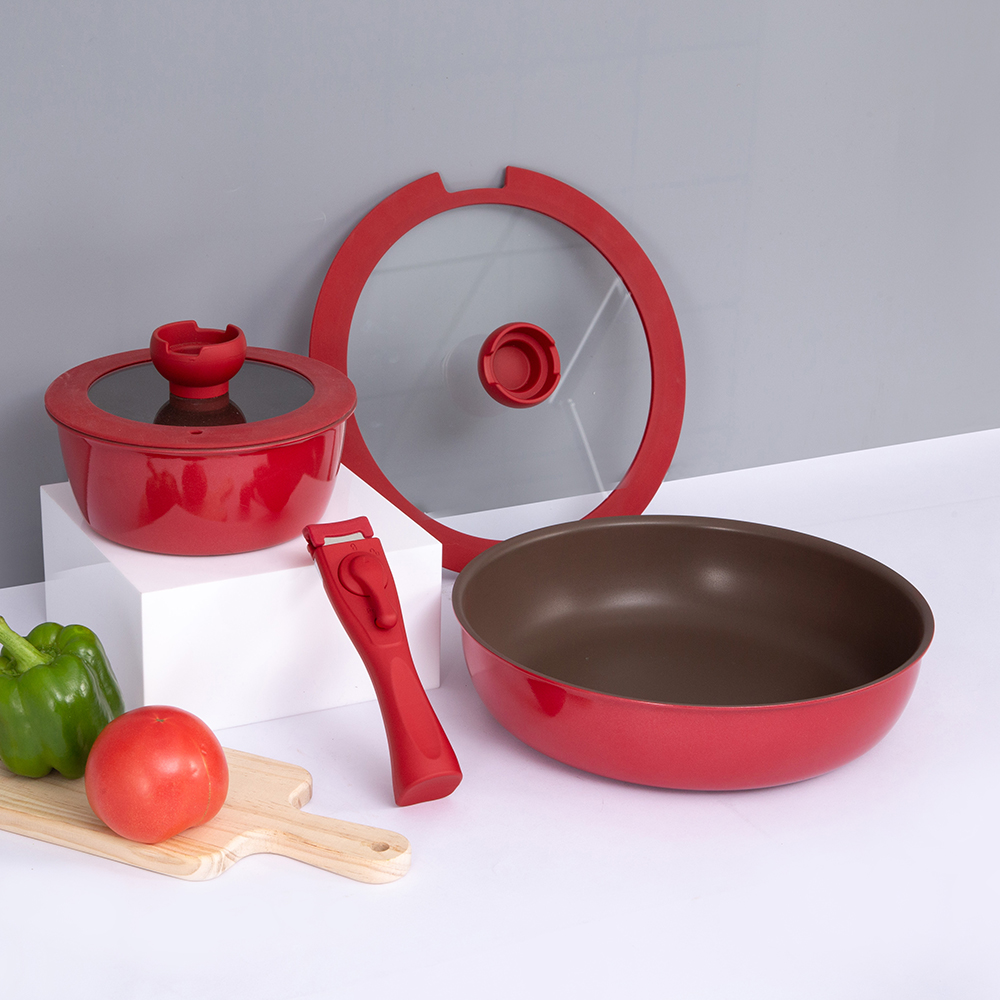
-3.jpg)
-5.jpg)

-3.jpg)
-9.jpg)
-3.jpg)
-14.jpg)
